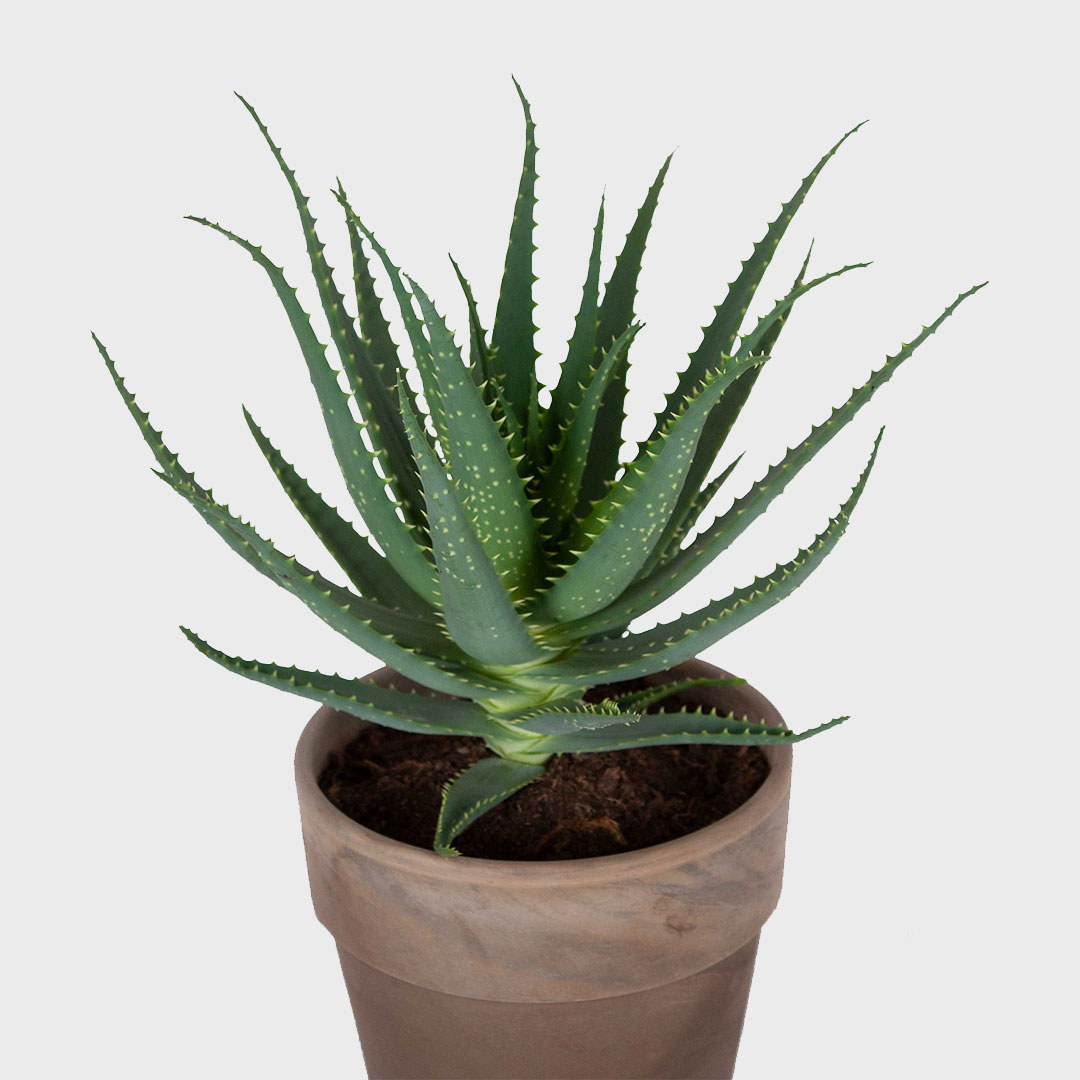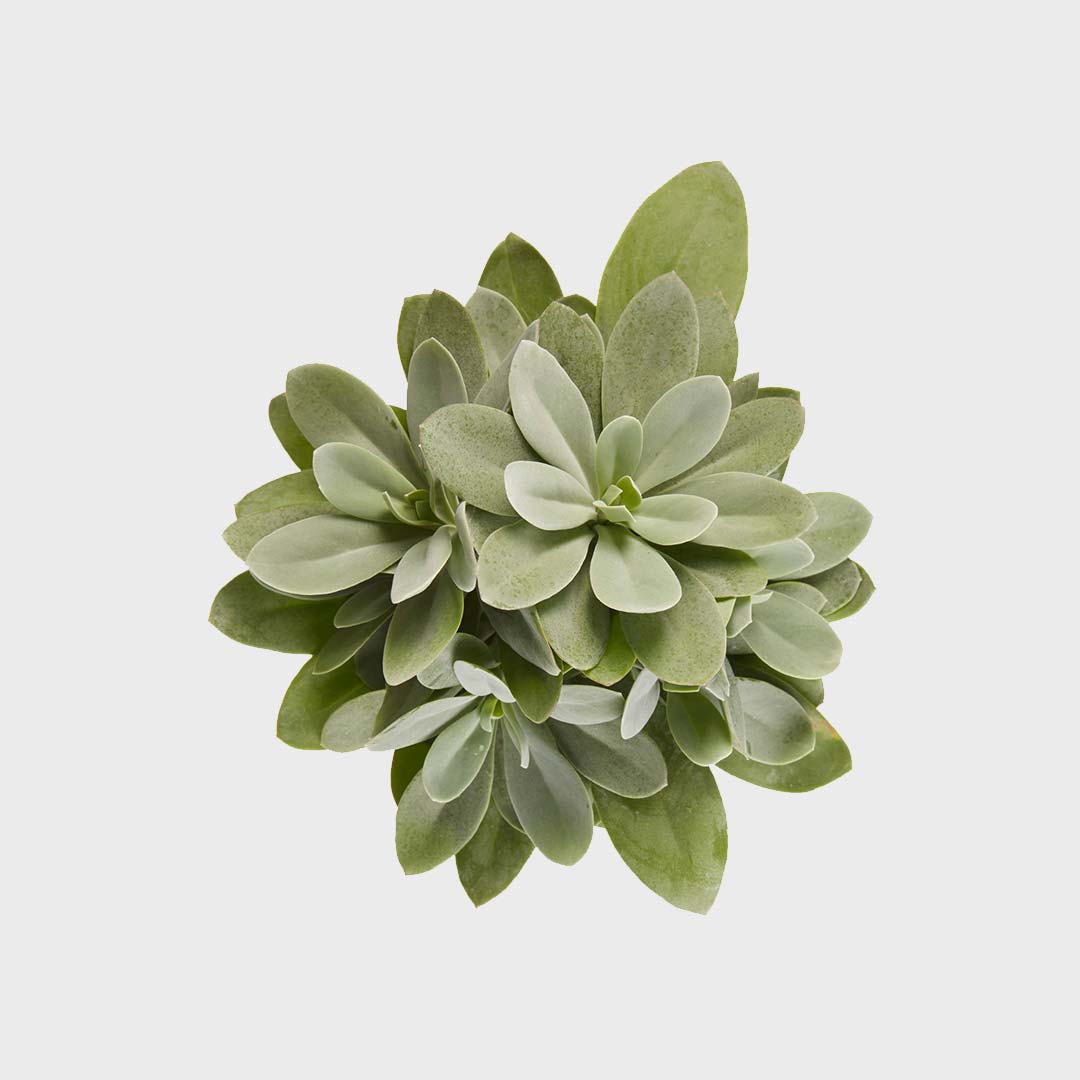
Deliver to
Europe
 English
EnglishSucculents can be found all over the world. They can usually be found on dry, warm and shady. The best thing about succulents is that they are very easy indoor plants. Most popular succulents are the Aloe Vera, Echevieria, Peperomia and Rhipsalis.


Medium light
Water once a month
Toxic
Non Air-purifying
A succulent can grow on almost every location. From bright light to partial shade. The optimum light for a succulent depends on the type of succulent. If you want to reposition the succulent to a new location, make sure that the plant can get used to the new position first.
There’s a common misconception that a succulent doesn’t need much water to grow. Even though a succulent can hoard moisture to save water for drier climates or drought-like conditions, it certainly can't live with just a little water. However, it doesn’t like being drowned in too much water either.
It is best to water a succulent every month in the growing season, from spring to summer. In the fall and winter it is best to only water the plant once every 3 months.
A succulent is low-maintenance and doesn't need much nutrients. However, any good indoor plant nutrition diluted to half of the recommended strength can be a nice addition for your succulent. Fertilizing a succulent once a month is enough.
Repotting a succulent can be quite a job. We therefore recommend repotting a succulent only when really necessary, or at least once every 3 years. Make sure the new flowerpot is at least 20% larger than the previous one.
The most ideal temperature for succulents can vary depending on the specific species. Generally, succulents prefer a temperature range between 15 to 27 degrees Celsius. They are adapted to thrive in arid and dry environments, so they can tolerate higher temperatures and lower humidity.
Pruning succulents is not always necessary, but it can be done for maintenance and growth control. Pruning helps remove dead or damaged leaves, encourages new growth, and maintains a more compact and attractive shape. It can also be done to propagate new plants from cuttings.
Succulents are not excessively susceptible to diseases and pests. Should the plant still suffer from pests, then you can use pesticide. Although pesticide can mean the end of the plant. Therefore, be careful.


Yes, you can take a succulent outside in the summer. Make sure that you let the plant get used to its new environment. If you don't, the leaves of the succulent may burn or dry out.
If you can make a succulent flower, you are doing something right! Not all succulents flower. If you want to make a succulent blooms, you will have the best chance to do so in summer.
Yes, you certainly can. See our tips on how to propagate a Succulent.